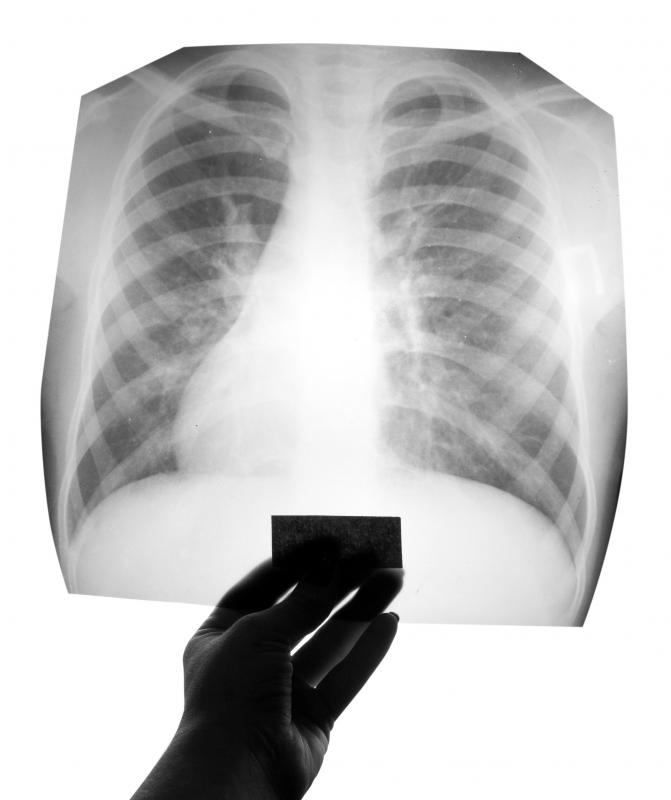At WiseGEEK, we're committed to delivering accurate, trustworthy information. Our expert-authored content is rigorously fact-checked and sourced from credible authorities. Discover how we uphold the highest standards in providing you with reliable knowledge.
What are the Symptoms of Mitral Valve Prolapse?
Symptoms of mitral valve prolapse include rapid or irregular heartbeat, dizziness, shortness of breath, and fatigue. In addition, other symptoms of mitral valve prolapse can include chest pain and lightheadedness. Mitral valve prolapse (MVP), happens when the valve that is located between the heart's left atrium and left ventricle does not properly close. This condition sometimes causes blood to flow in the wrong direction within chambers of the heart.
Usually, mitral valve prolapse symptoms are not dangerous and the condition generally does not even require treatment. Frequently, individuals who have this cardiac condition never even experience symptoms of mitral valve prolapse, and are genuinely surprised when they are diagnosed during an unrelated medical evaluation. Although the symptoms of mitral valve prolapse can be annoying, they are generally mild, and develop gradually over time. In some cases, treatment is necessary.

When the physician listens to the heart with a stethoscope, he will hear a clicking sound, followed by the sound of a murmur. Commonly, mitral valve prolapse runs in families and might be related to other medical conditions such as scoliosis, Marfan syndrome, and adult polycystic kidney disease. Physicians used to suggest that some patients with symptoms of mitral valve prolapse take a course of antibiotics before undergoing medical or dental procedures in order to prevent endocarditis, but doctors generally no longer feel this routine is necessary.

Typically, the diagnosis of mitral valve prolapse is made following the results of an echocardiogram. This medical test uses sound waves to generate images of the heart and surrounding structures, which include the mitral valve. It can also show blood flow passing through the mitral valve. The echocardiogram also can determine the amount of regurgitation or leakage that the condition is causing. In addition, chest x-rays, electrocardiograms, and cardiac stress testing can be effective methods in diagnosing mitral valve prolapse.

Sometimes, medications such as beta blockers are given to reduce the symptoms of mitral valve prolapse. These medications help slow the heart rate and encourage the heart to beat with less force. This reduces blood pressure and helps the blood vessels to relax, thereby improving blood flow. Beta blockers also reduce the incidence of chest pain, which can be present in certain people with this condition. Aspirin and other blood thinners may also be given to those patients with irregular heart beats to prevent the blood from clotting and causing heart attack or stroke.
AS FEATURED ON:
AS FEATURED ON:














Discuss this Article
Post your comments